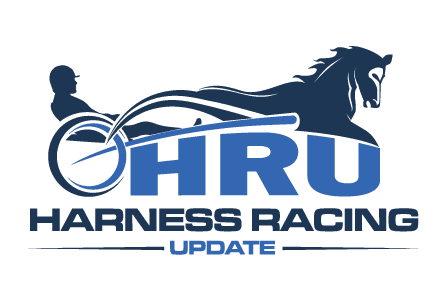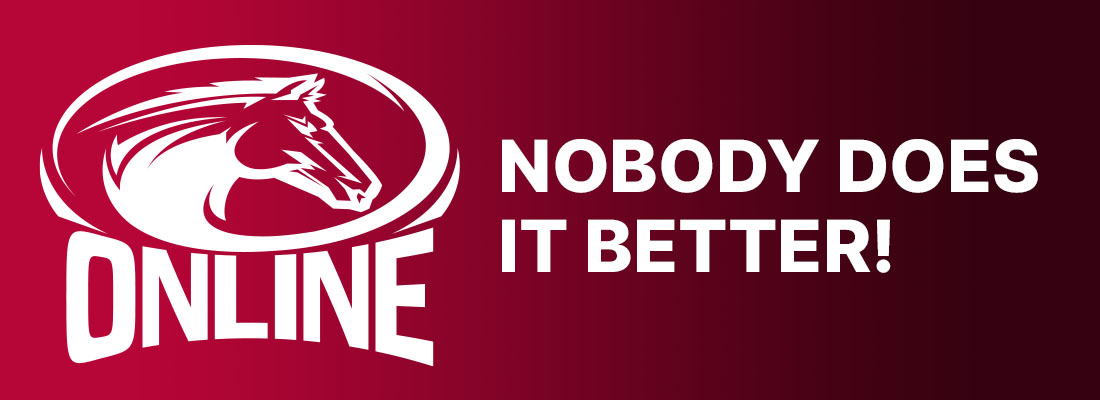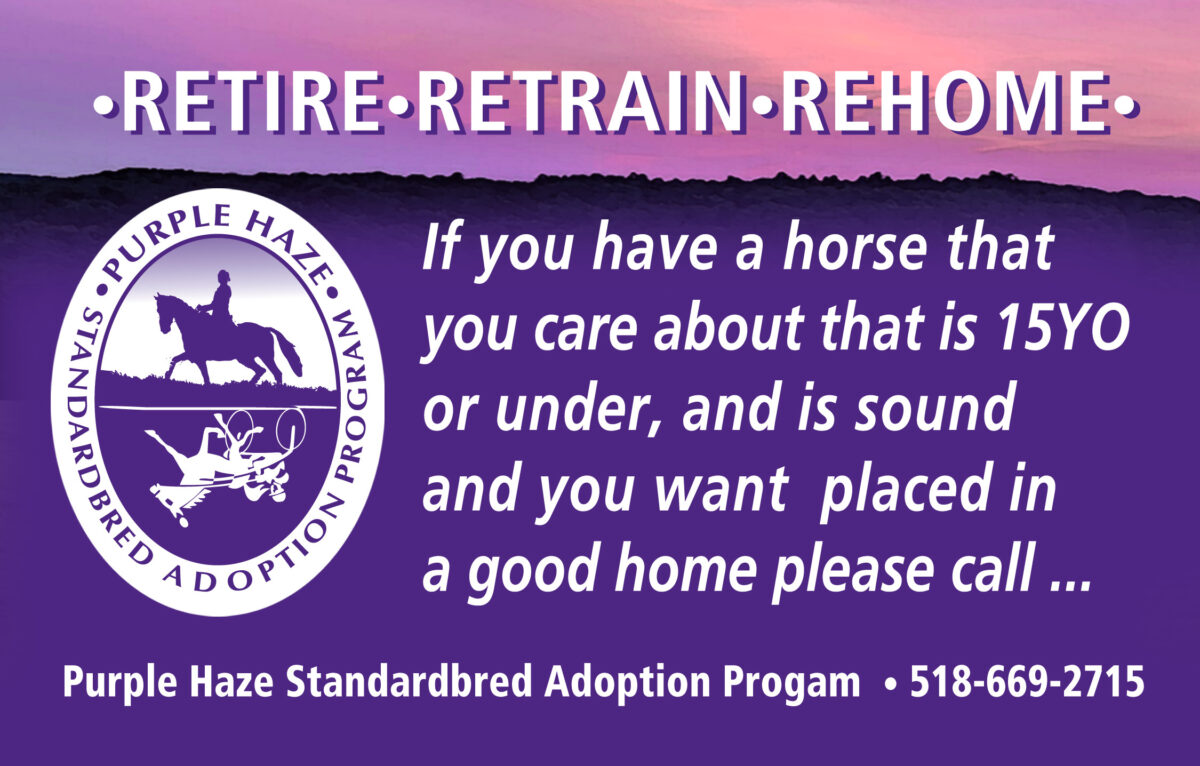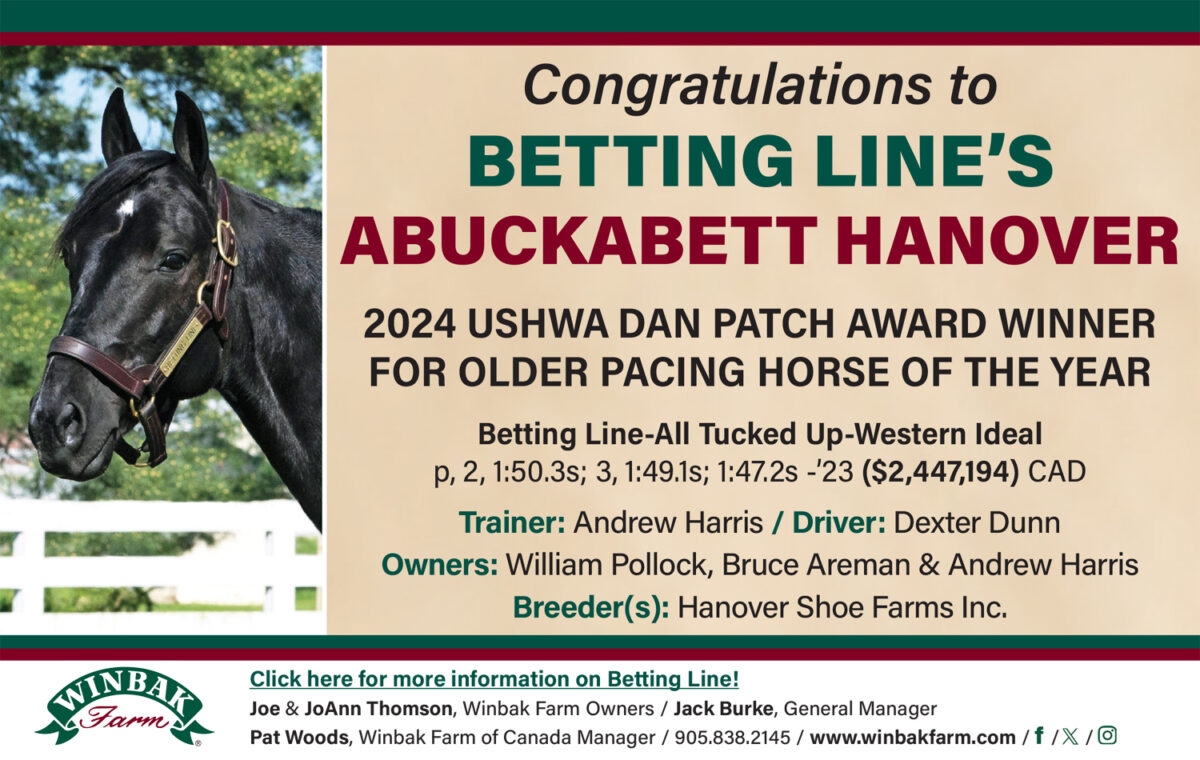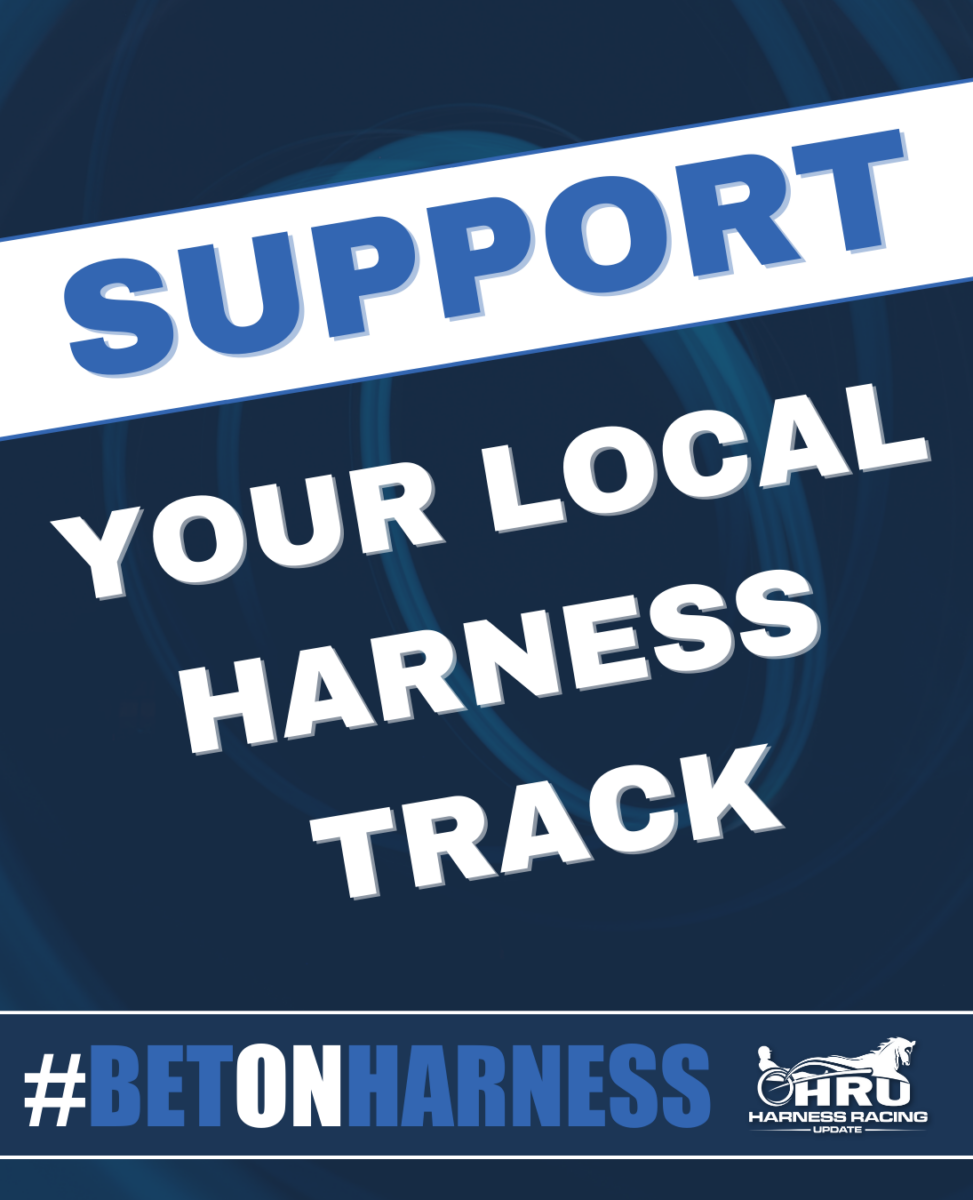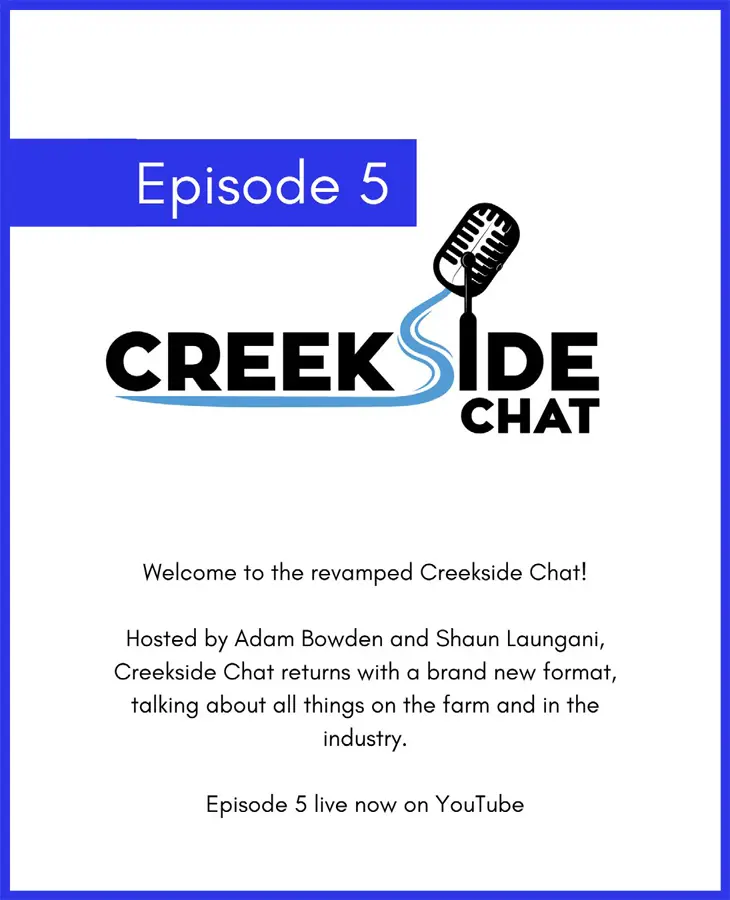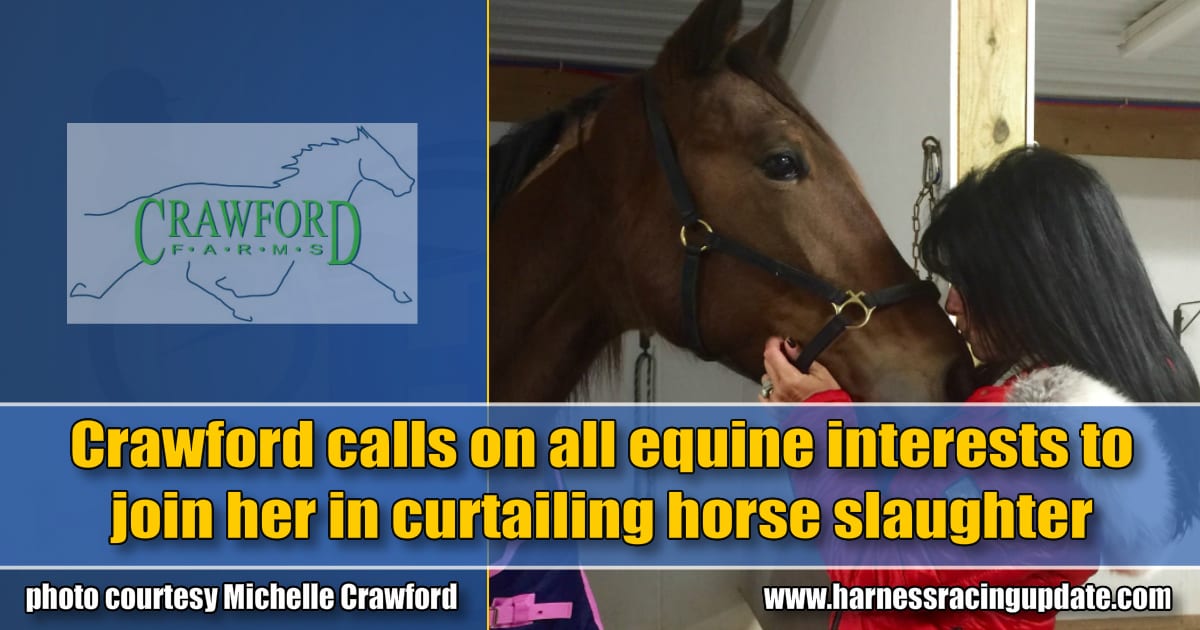
Crawford calls on all equine interests to join her in curtailing horse slaughter
The hope is to help push through the SAFE Act that would make it illegal to transport horses outside of the United States for the purposes of slaughter.
by Dave Briggs
On the National Day of the Horse (Friday, Dec. 13), noted standardbred owner and breeder Michelle Crawford launched a major initiative to try to severely curtail horse slaughter. Crawford launched a task force — as yet to be officially named and incorporated — to gather together as many people from all horse breeds and disciplines in support of The John Stringer Rainey Safeguard American Food Exports (SAFE) Act that would amend Title 18 of the U.S. Code to make it illegal for anyone to knowingly transport, purchase, sell, possess, ship or receive any horse with the intent of slaughtering the animal for human consumption (full story here).
Horse slaughter is illegal in the United States. The SAFE Act would effectively close both the southern and northern U.S. borders to those transporting horses into either Mexico or Canada for the purposes of slaughtering them for meat.
“We’ve just signed a bill… where President Trump said it’s a felony to injure or harm an animal or put them in harm’s way, (yet) we’re allowing these horses, sick, injured, dying or even healthy, just to be housed in these inhumane conditions and then shipped to their slaughter,” Crawford told HRU on Saturday. “And it is gruesome. I don’t know if anyone truly understands what these horses are put through. Horses are a flight or fight animal and they know when danger is imminent so, for me, it’s just been my lifelong passion (to try to protect them).”
Crawford, who operates Crawford Farms in New York with her husband, Al, said the goal is to have as many equine interests as possible join the task force — it’s free to join — to add weight to a lobbying effort to get the SAFE Act passed.
“Our whole mission was ‘One Voice,’” she said. “Stand behind me and I will step up and be the voice if they want to participate. It’s been overwhelming, I’ve not only got signatures, but people have emailed me, called me, and left messages on Facebook. I’m overwhelmed and it’s gone beyond our standardbred horse racing community. This has really become almost a viral thing and I’m blown away. I hope it matters enough that they take action.”
She said she fully understands it is a difficult and trying issue. Just this week, she was part of an industry group that rescued 53 standardbreds put in a “kill pen” by someone looking for ransom to keep them from being sent to slaughter and sold for meat. She said she’s reluctant to get into too many details about the case lest other “kill buyers” try to extort even more money from people that care about rescuing horses from slaughter.
“I don’t want to publicize the money it takes because it just fuels the kill buyers more, so I’m hesitant to tell anyone what it took (money-wise),” she said. “It’s just one big, fat extortion game. That’s what I’m trying to stop it.”
In theory, if horse slaughter is illegal in the United States and it is illegal to ship horses outside its borders to slaughter them elsewhere, then it decreases the opportunity for kill buyers to extort people.
“There’s always the other side, that very common sense feeling from many people in the industry that you can shut off the dam, but water is still going to trickle around it,” Crawford said. “It might. I’m not saying that (the SAFE Act is) going to solve the problem. Some people have the opinion that ‘Hey, where are all these horses going to go?’ And my message is, ‘Breeders, stop breeding crap.’ Stop breeding horses to mares that nobody wants to buy… I have to be honest, I’ve retired mares that still had breedability, but they have no value to the general public. They don’t sell for much at the auction, they don’t produce great offspring. My message is ‘Stop breeding 500 mares to stallions that nobody really wants.’ And the backyard breeders, ‘Stop breeding.’
“It does fall heavily on the breeders. I’m not saying we’re the only problem, but I think that it’s a lot of the problem. So you cut down on the horse population, but start breeding stock that people want to buy and add value to the sport of harness or thoroughbred racing, so that we still have the sport and we’re breeding proper horses and they have a safety net in place that I think there are a lot of organizations working on at this point, so they have an insurance policy following them throughout their life and their career from the get-go, from the second that you can register to the second they are sold or claimed. There’s a tag that goes with them.”
Crawford said euthanizing unwanted or inadequate horses, while difficult, is more humane than letting those horses end up in a kill pen bound for slaughter.
“It costs a lot less and it’s a lot more humane. Trust me, nobody wants to ever put a horse down, it’s not a pleasant situation no matter what… but it’s also a much more humane thing for an equine to go that way.
